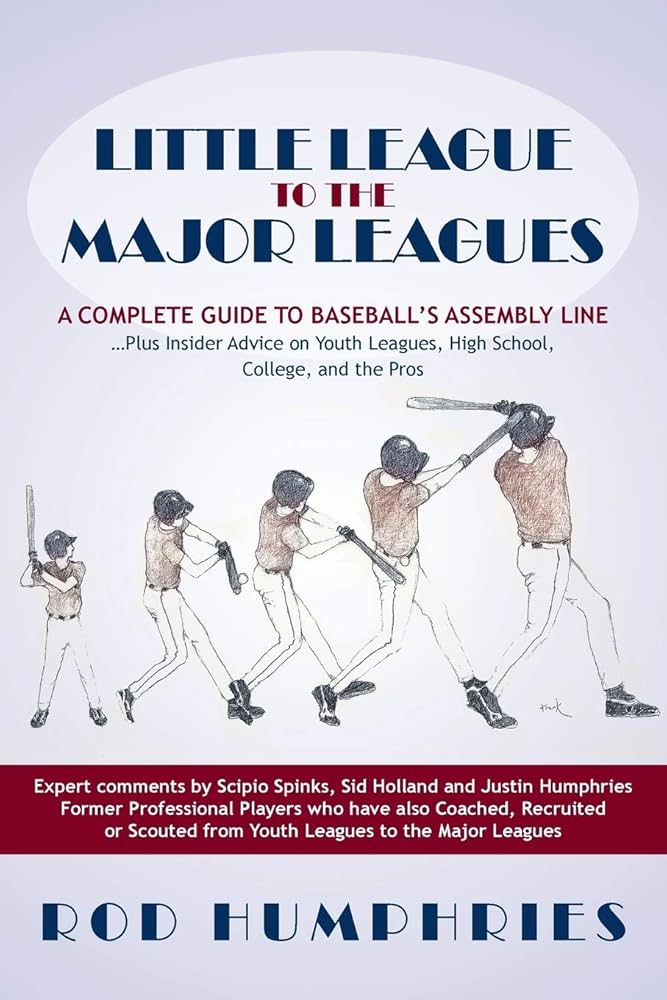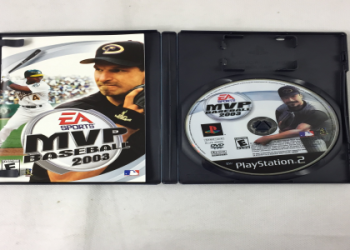Okay, so here’s the story of how I went from throwing like a Little Leaguer to actually getting some decent heat on my fastball. It’s not a miracle, just a lot of grind and figuring things out.

Phase 1: The Humbling Beginnings (70 mph maybe?)
First off, I wasn’t always throwing hard. Picture this: I’m out there on the mound, maybe hitting 70 mph on a good day. My buddies were ribbing me, and honestly, I was getting frustrated. I knew I had to change something, but what? I didn’t have a pitching coach, just YouTube and sheer willpower.
- Diagnosing the Problem: I filmed myself throwing. Ugly. My mechanics were all over the place. My arm slot was inconsistent, my lower body wasn’t engaged, and I looked like I was pushing the ball instead of throwing it.
- The YouTube Rabbit Hole: I watched countless videos of MLB pitchers, trying to mimic their motions. I focused on guys like Justin Verlander and Nolan Ryan – you know, the power pitchers.
Phase 2: The Grind (Building a Foundation)
This is where the real work began. No shortcuts here, just good old-fashioned dedication.
- Mechanics, Mechanics, Mechanics: I started slow, really slow. I broke down my throwing motion into individual components. I focused on getting my legs involved, driving off the mound, and getting my arm slot consistent. Lots of mirror work and dry throws.
- Long Toss: I started doing long toss regularly. Really stretching out my arm and focusing on generating power from my lower body. I wasn’t trying to throw as hard as I could, but more about increasing distance, with the intent on throwing hard.
- Weight Room: I started hitting the gym. Nothing crazy, just basic strength training. Squats, deadlifts, pushups. Stuff to build overall strength and stability.
Phase 3: Refining and Measuring (Tracking Progress)
Once I felt like I had a decent base, I started trying to measure my progress and make tweaks.
- Radar Gun Time: I bought a cheap radar gun. It wasn’t the most accurate thing in the world, but it gave me a general idea of my velocity. Seeing those numbers creep up was a huge motivator.
- Video Analysis (Again): I kept filming myself throwing and comparing it to the MLB pitchers I was trying to emulate. Small adjustments made a big difference.
- Listen to Your Body: There were days when my arm felt tired or sore. I learned to back off and rest. Pushing through pain is a surefire way to get injured.
Phase 4: The Breakthrough (75 mph!)
After months of grinding, something finally clicked. My velocity started to jump. I went from consistently hitting the low 70s to touching 75 mph. It wasn’t MLB speed, but it was a huge improvement for me.

- Putting It All Together: It wasn’t just one thing. It was the combination of better mechanics, increased strength, and consistent practice.
- Mental Game: I also started to focus on the mental aspect of pitching. Visualizing success, staying calm under pressure, and trusting my stuff.
The Takeaway
Look, I’m not saying I’m going to be pitching in the big leagues anytime soon. But I proved to myself that with hard work and dedication, you can improve your skills. It’s all about understanding where you’re starting from, putting in the time, and making adjustments along the way.
The key is consistency. Show up, put in the work, and don’t get discouraged. It’s a marathon, not a sprint. And who knows, maybe you’ll surprise yourself with what you can achieve.



















